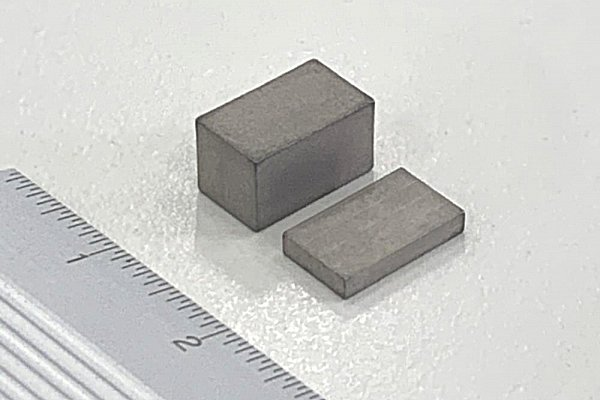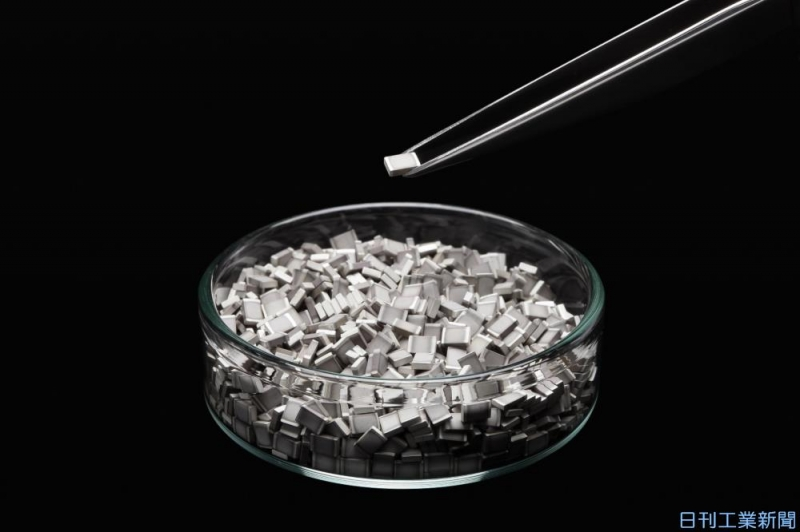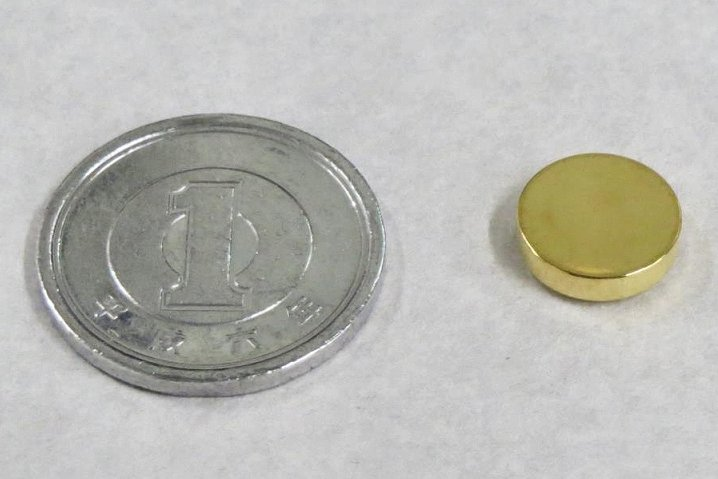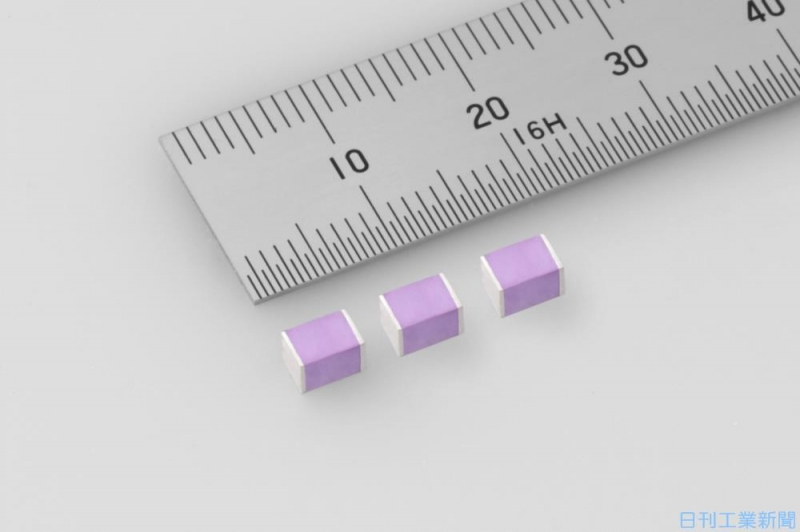
Murata Manufacturing has improved mountability with surface treatment

All-solid-state batteries do not have to worry about explosion or fire (TDK)

Coin-shaped all-solid-state battery developed by Maxell (comparison with 1-yen coin)

Taiyo Yuden will mass-produce all-solid-state batteries by the end of FY2009
Japan: Latest development trends for all-solid-state batteries: Toyota, Murata, TDK
-World market for all-solid-state batteries-
Fuji Keizai:
The global market for all-solid-state batteries
Against 2.4 billion yen in 2018
In 1935, it will reach 2,677.2 billion yen.
Expected to expand.
Replace with all-solid-state battery:
In fact, from 2021 to 2022
The replacement of current lithium-ion batteries with all-solid-state batteries will begin.
Some electronic component manufacturers expect that they will eventually switch to all-solid-state batteries.
TDK: Surface mount type mass production
TDK will start mass production of “Ceracharge” for surface mount components (SMD) in February.
The monthly production is 30,000, but it will be increased to 100,000 depending on the order status.
“Ceracharge” uses a ceramic solid electrolyte, so there is no risk of liquid leakage, explosion, or fire.
The lamination technology of a small multilayer ceramic capacitor (MLCC) is applied.
The capacity is 100 microamps, which is equivalent to that of a small button battery.
Achieves 1000 or more charge / discharge cycles.
The rated voltage is 1.5 volts.
The operating temperature is -20 degrees-plus 80 degrees C.
The outer shape of the product is 4.4 x 3.0 x height 1.1 mm.
The lamination technology of small-sized multilayer ceramic capacitors (MLCC) is applied.
Murata Manufacturing: Launched for Robo / IoT
Mass production of 100,000 small, high-capacity all-solid-state batteries will begin in the second half of FY2008.
For hearing aids and robots:
It is planned to be used for position control equipment and IoT equipment such as factories.
The capacity is 2mm-25mA, which is about 100 times higher than the products developed by other companies.
The size is 5-10 in length, 5-10 in width, and 2-6 mm in height, and it is a small size that can be surface-mounted.
Maxell: High heat resistance and long life
Maxell has expanded its production facilities to a battery production base from October.
Sample shipments have started in September 2019, and full-scale mass production is scheduled for 2021.
For the solid electrolyte, we use a material developed in collaboration with Mitsui Kinzoku.
It is expected to be used for wearable equipment and factory automation (FA) equipment.
Maxell’s all-solid-state battery is small and coin-shaped.
Aim for batteries with high heat resistance and long life.
Demonstrates performance in a wide temperature range from -50 to +125 degrees Celsius.
The size is 9.5 mm in diameter and 2.65 mm in height.
TAIYO YUDEN: Both small size and large capacity
Taiyo Yuden is aiming for mass production by the end of FY2009.
Uses original oxide-based solid electrolyte ceramics, no separator required.
It does not react with moisture or CO2 and does not burn because it does not use an electrolytic solution.
The size is 4.5 x 3.2 x 3.2 mm in height.
Length 1.0 x width 0.5 mm x height 0.5 mm.
FDK: Aiming to develop next-generation batteries
FDK is developing next-generation batteries such as all-solid-state batteries, nickel-zinc batteries, and hydrogen-air secondary batteries.
Currently, maintenance is underway for mass production of small all-solid-state batteries compatible with SMD.
Sample shipment will start in 2019.
The monthly production is planned to be 300,000 in March 2021 and 2 million in 2022.
Expected to be used as a power source for industrial equipment and IoT equipment.
The size is 4.5 mm in length, 3.2 mm in width, and 1.6 mm in height.
Toyota: Successful EV operation
Toyota Motor Corporation is developing an all-solid-state battery with the aim of putting it into practical use in the first half of the 20s.
Jointly with Tokyo Institute of Technology:
In 2011, in collaboration with Tokyo Institute of Technology, we discovered “a solid electrolyte that allows electricity to easily flow between the positive and negative electrodes.”
Compared to current lithium-ion batteries
Energy density per volume,
It is said that it can be increased more than twice.
In the demonstration experiment, we succeeded in “moving Toyota Auto Body EV / COMS”.
Joint investment between Toyota and Panasonic:
PPES, a joint venture between Toyota and Panasonic, is in charge of the development of the battery core component “cell”.
Connect multiple cells to make a battery pack.
New switch